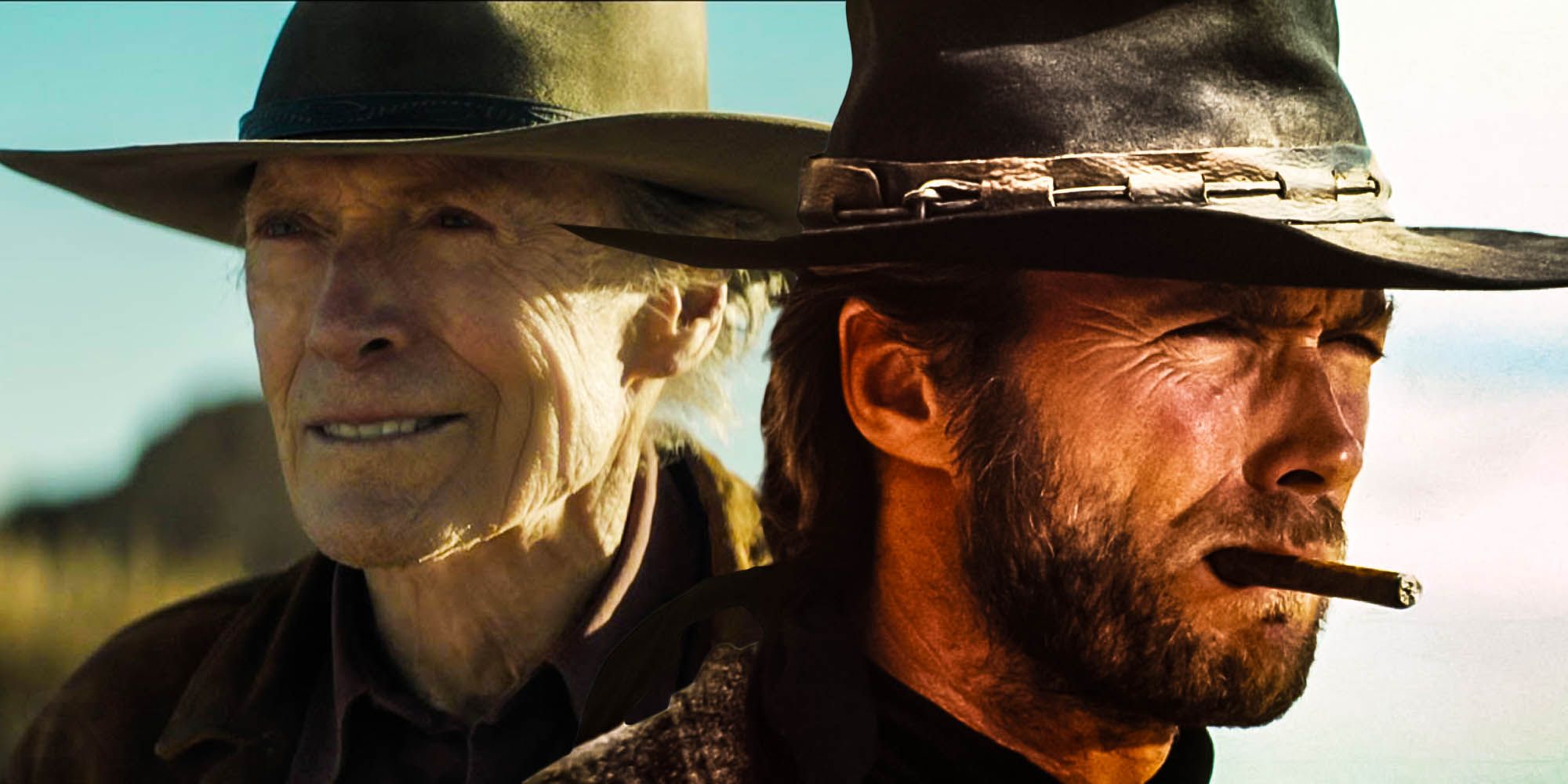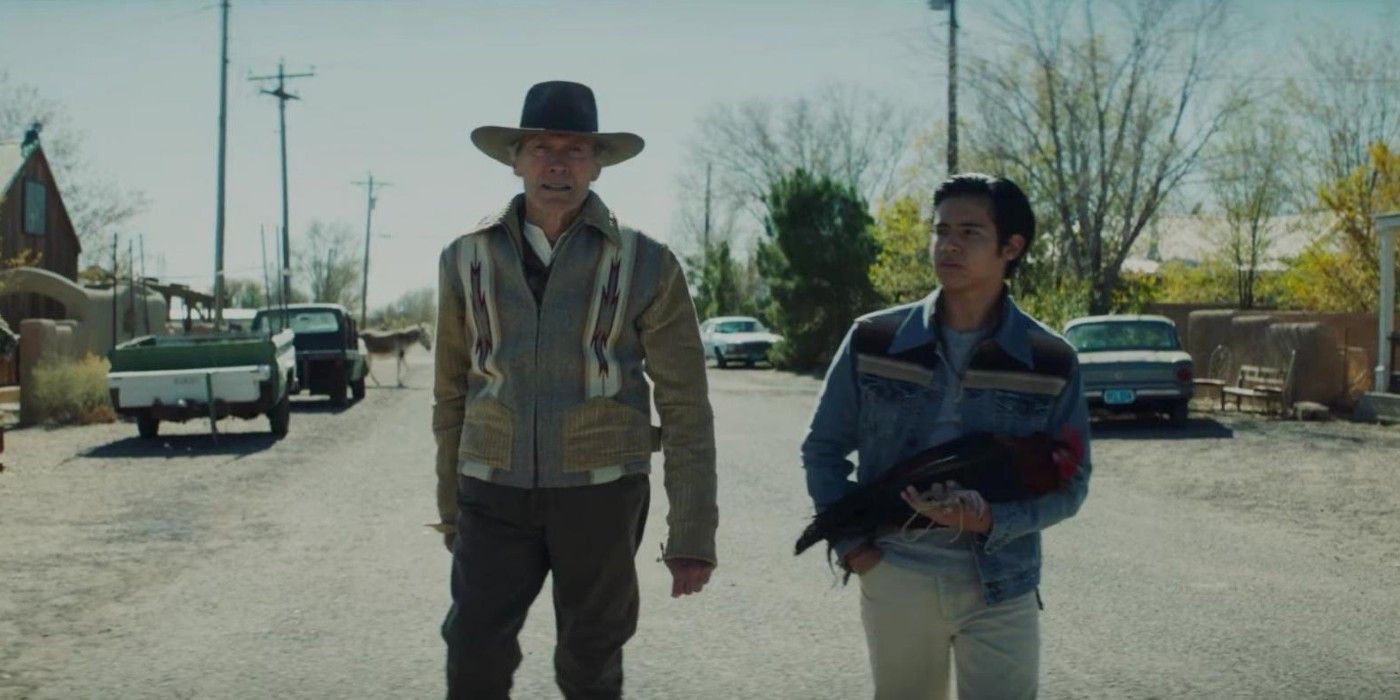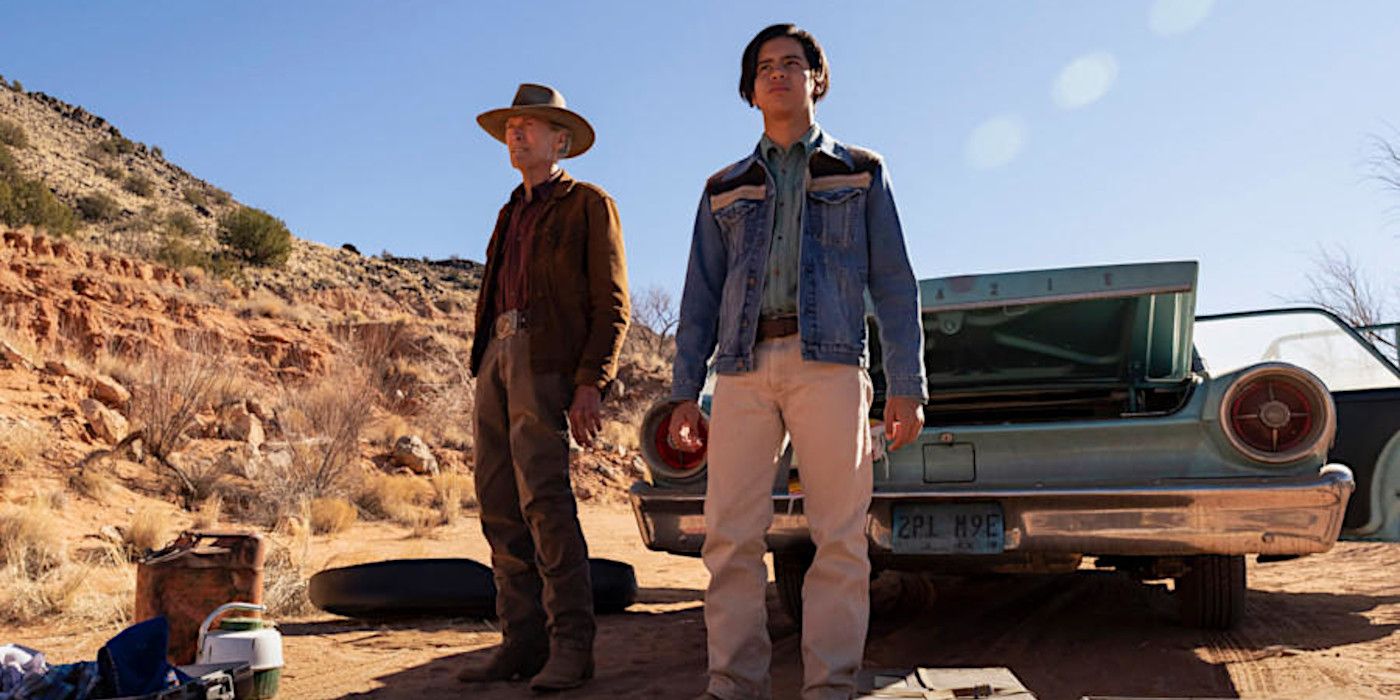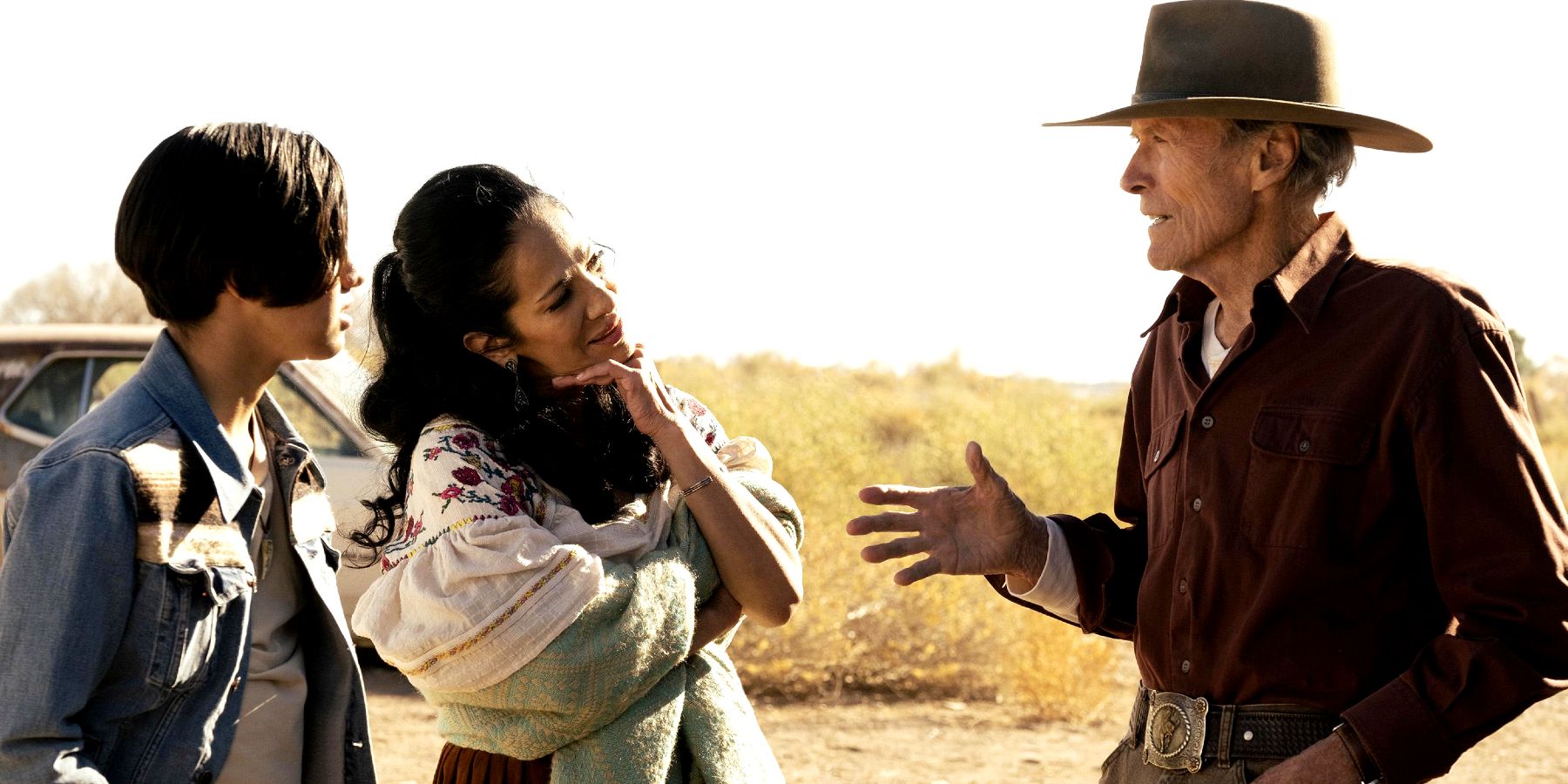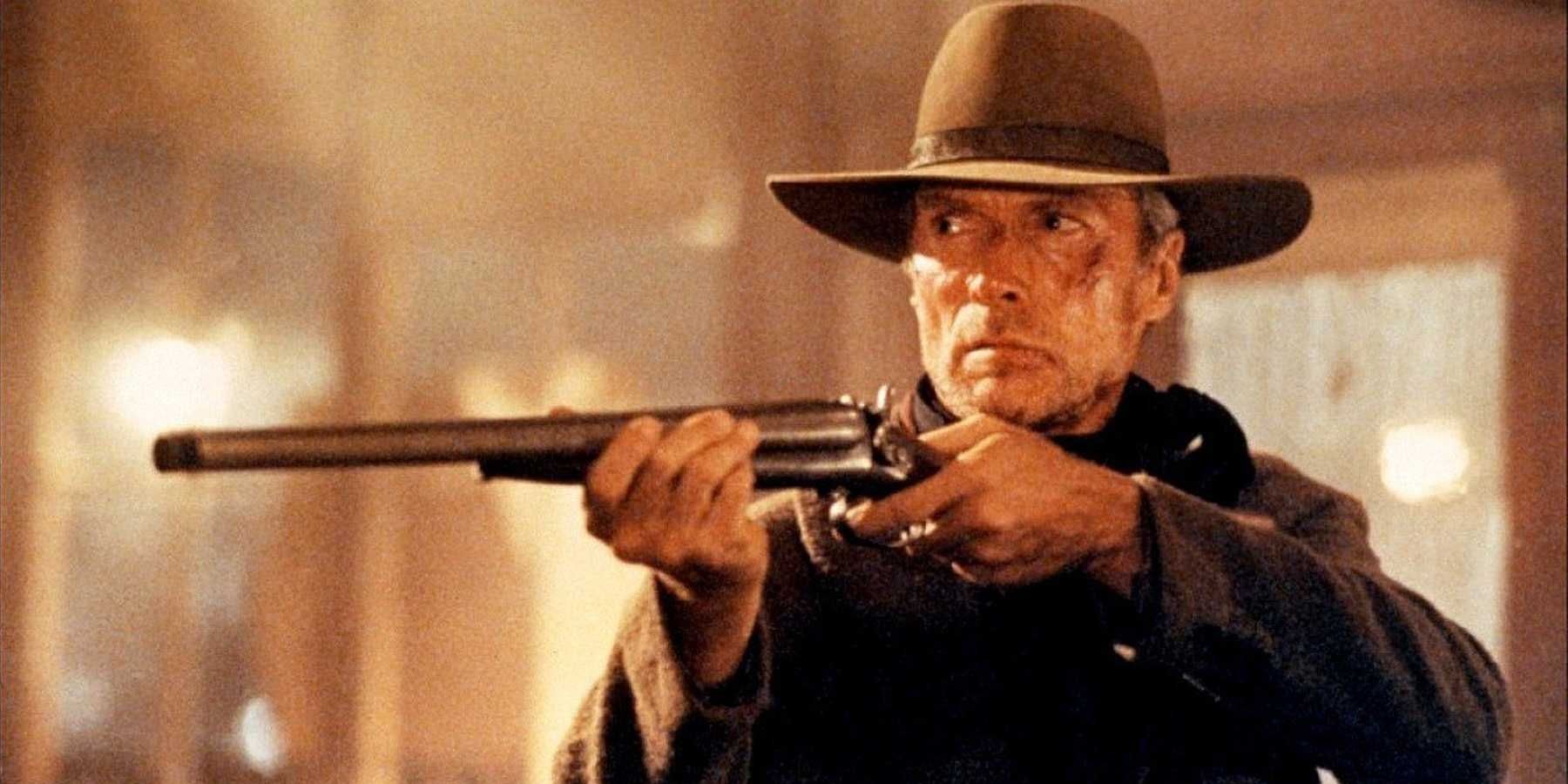Cry Macho stars and is directed by legendary Western actor Clint Eastwood, but the movie has some crucial differences from the films that made Eastwood famous. At 91 years old, Eastwood is one of the oldest people to ever have a starring role in a Hollywood film, and Cry Macho reflects a more mellow, less action-oriented approach that comes with age. At the same time, the film continues the interrogation of the Western genre that has extended through Eastwood's career.
Eastwood's Cry Macho is an adaptation of the 1975 N. Richard Nash novel of the same name, which has long been the subject of rumored Hollywood adaptation. In Cry Macho Eastwood plays Mike Milo, an aging ranch hand and former rodeo star who is sent to Mexico to find his former boss's son Rafo and bring him to America. During the journey, Mike and Rafo are side-tracked and grow close to each other.
While Clint Eastwood has appeared in movies in a number of genres, he is most associated with the Western. Eastwood rose to fame through the Western TV show Rawhide and Sergio Leone's "spaghetti Westerns," most notably The Good, The Bad, and The Ugly, then made a number of other classics in the genre throughout his career, including The Outlaw Josey Wales, Pale Rider, and Unforgiven. Cry Macho is far from a conventional Western, but it takes clear inspiration from the genre and continues many of the themes Eastwood has explored in the Westerns.
Cry Macho Is Set Closer to the Present
Cry Macho is a modern Western, a genre associated with creators like the Coen Brothers and Cormac McCarthy as well as TV series like Justified. Whereas the conventional Western is set on the American frontier during its expansion in the nineteenth century, modern Westerns are set in the contemporary or near-contemporary Southwest. The link to the Western element is established through themes such as masculinity and untamed wilderness as well as genre nods like horses and cowboy hats.
The film version of Cry Macho is set in 1979, shortly after the release of the original novel. While Eastwood's character Mike does ride a horse, most of the traveling is done through now-vintage cars. Mike is portrayed as someone who succeeded in the world suggested by Westerns, where the ability to handle a horse and quietly suffer pain were prized, but is now adrift in modern times. The 1970s setting also brings Clint Eastwood's career full circle, back to the era when he was on top of Hollywood.
Cry Macho Is Less Action-Oriented
Many of Clint Eastwood's iconic Westerns are based around physical confrontation, culminating in a shootout with a villainous character. This structure is a common trope of the genre, dating back to mid-20th century Westerns starring actors like John Wayne and Gary Cooper These action climaxes have included the classic three-way quick-draw at the end of The Good, The Bad, and The Ugly and the killing of Little Bill in the climax of Unforgiven. However, viewers shouldn't expect a similar focus on action in Cry Macho.
Cry Macho may be Eastwood's first Western since Unforgiven, but it is also a quiet character study of an aging tough guy. There is tension in Mike and Rafo being pursued by federal police and agents hired by Rafo's mother, but this plot is often de-emphasized, as in an extended segment where Mike and Rafo stay in a border village and befriend local cantina owner Marta. Given Eastwood's age, this shift away from action makes sense and provides an almost meditative quality to much of the movie.
Cry Macho Challenges the Western Genre...
From the title on, Cry Macho is clear in challenging the dominant sense of masculinity that has defined the Western. Classic Westerns often featured stoic protagonists who protected their communities through violence. By contrast, Clint's Mike Milo is openly regretful of the "macho" life he once lived. He tries to impart this to Rafo, who idolizes violent masculinity.
The movie also challenges many of the Western tropes canonized by John Ford, Howard Hawks, and other legendary directors. Through its focus on the relationships between Mike, Rafo, and Marta, and its very brief action scenes, Cry Macho suggests that human connection is more important than the violent triumph over wrongdoers. It also takes place almost entirely in Mexico and offers a humanizing portrayal of people of color that was uncommon in classic Westerns. However, this is not the first time Eastwood has challenged the conventions of the Western genre.
... But So Do Eastwood's Classic Westerns
Almost all of the iconic Westerns that Clint Eastwood is remembered for challenged Western conventions and values. Sergio Leone's Man With No Name trilogy, which starred Eastwood, were postmodern pastiches of the genre made in Italy instead of Hollywood. Eastwood's nameless protagonist was an amoral drifter only interested in money. John Wayne refused to work with Eastwood, reportedly over the younger man's darker version of the Western hero.
When Eastwood started directing his own films in the 1970s, he continued presenting a darker version of the Old West. In High Plains Drifter, Eastwood satirizes the Western trope of the innocent frontier town by portraying them as voyeuristically participating in the violence of the gunslinger, in the process challenging the real-life audience of Western movies. Unforgiven also depicts an aged protagonist and presents a bloody and nihilistic depiction of violence that ultimately benefits no one. Westerns in the 1960s and later were increasingly deconstructionist, responding to the formal perfection of Ford, and Eastwood was a major part of this trend.
Clint Eastwood's classic characters could certainly be called "macho," and so to an extent Cry Macho is an overt rejection of the image that Eastwood's franchises and moves like Dirty Harry and other action films as well as his Westerns. However, it continues the tradition of questioning and subverting the Western genre that Eastwood has practiced his entire career, as both an actor and a director. In this way, for all it changes from Eastwood's most iconic Westerns, Cry Macho is ultimately a continuation of the ideas the star has explored in his previous classics.

